




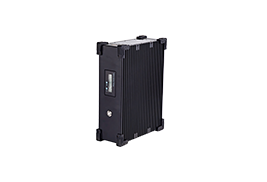
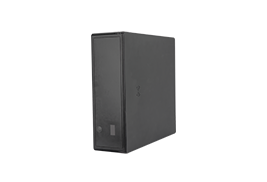
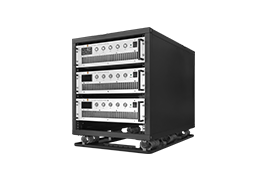
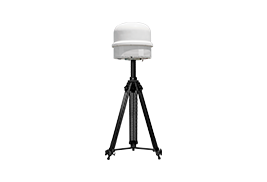
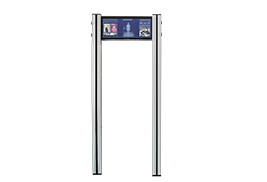
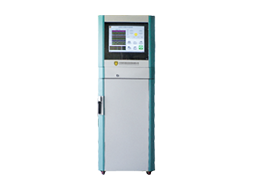


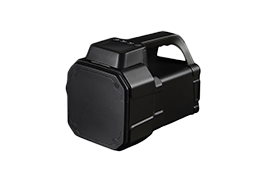
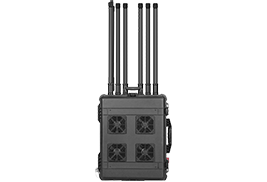
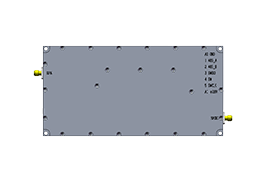
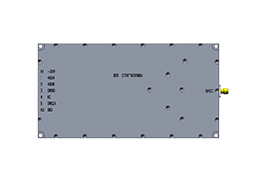
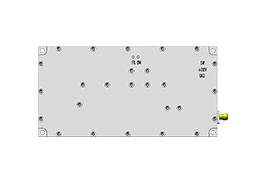
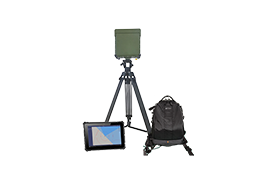

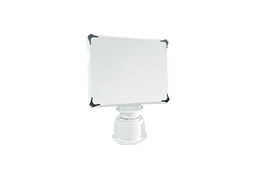
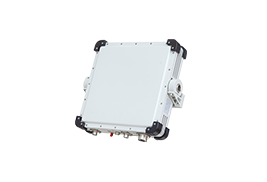



 X
X







 GLOBAL / ENGLISH
GLOBAL / ENGLISH

RF metric parameters are critical indicators for evaluating the performance of wireless communication systems, and they are essential for electronic engineers and communication professionals. Common RF metric parameters include EVM (Error Vector Magnitude), ACPR (Adjacent Channel Power Ratio), and ACLR (Adjacent Channel Leakage Ratio). Understanding the meaning and practical significance of these metrics helps engineers optimize RF system design, improve wireless communication performance, and ensure stable data transmission. In wireless communication design, many key RF metric parameters need to be understood and mastered. The following provides a detailed explanation of these parameters.
1. Receiver Sensitivity (Rx Sensitivity)
Receiver sensitivity is a fundamental and important concept. It represents the minimum signal strength that a receiver can recognize under a certain bit error rate (BER) condition. In most cases, we use bit error rate (BER) or packet error rate (PER) to evaluate receiver sensitivity. In the LTE era, throughput is more commonly used to define receiver sensitivity because LTE no longer uses traditional circuit-switched voice channels but measures user-perceived performance through throughput.
2. Signal-to-Noise Ratio (SNR)
When discussing receiver sensitivity, we often mention the signal-to-noise ratio. The demodulation signal-to-noise ratio is the minimum SNR threshold that the demodulator can handle under a certain bit error rate condition. S represents the signal, which is the useful signal, and N represents the noise, which generally refers to all signals that do not contain useful information. The transmitter of the communication system sends out the useful signal, and noise has many sources, the most typical being the natural noise floor of -174 dBm/Hz noise power density. This value is independent of the type of communication system and is derived based on thermodynamic principles, thus related to temperature. It is important to note that noise power is related to the bandwidth of the received signal, meaning that the noise power received corresponds to the bandwidth of the signal received. Therefore, the final noise power is obtained by integrating the noise power density over the entire bandwidth.
3. Transmit Power (Tx Power)
The importance of transmit power lies in the need for the signal to reach the receiver after space attenuation. Therefore, higher transmit power means a longer communication distance. Should we be concerned about the SNR of the transmitted signal? For example, if the SNR of the transmitted signal is poor, will the SNR of the signal received by the receiver also be poor? This involves the previously mentioned concept of the natural noise floor. Suppose space attenuation affects both the signal and noise equally (though in reality, signals can be encoded to resist attenuation, while noise cannot) and acts like an attenuator. Assuming space attenuation is -200 dB, the transmit signal bandwidth is 1 Hz, power is 50 dBm, and SNR is 50 dB, what would be the SNR of the signal received by the receiver?
4. ACLR/ACPR
We put these two items together because they essentially characterize a part of the "transmitter noise," which leaks into adjacent channels rather than staying within the transmission channel. Hence, it can be collectively referred to as "adjacent channel leakage." Both ACLR and ACPR are named after "Adjacent Channel" and describe the interference caused by one's own device to other devices. The common point between the two is that the power of the interfering signal is calculated based on one channel bandwidth. This measurement method shows that the design purpose of this metric is to consider the interference of the leaked signal from the transmitter to the receiver of the same or similar system. In the LTE system, ACLR tests are set in EUTRA and UTRA modes. EUTRA describes the interference of the LTE system to the LTE system, while UTRA considers the interference of the LTE system to the UMTS system. Therefore, the measurement bandwidth of EUTRA-ACLR is the occupied bandwidth of the LTE RB, while that of UTRA-ACLR is the occupied bandwidth of the UMTS signal (3.84 MHz for FDD systems and 1.28 MHz for TDD systems). In other words, ACLR/ACPR describes a "reciprocal" interference: the interference caused by the leakage of the transmitted signal to the same or similar communication systems.
This definition is of great practical significance. In actual networks, signal leakage often occurs between the same cell, neighboring cells, and nearby cells. Therefore, the network planning and optimization process is essentially a process of maximizing capacity and minimizing interference. The system's adjacent channel leakage is a typical interference signal for neighboring cells. From another perspective, users' phones in crowded areas can also become sources of interference to each other.
Similarly, in the evolution of communication systems, a "smooth transition" has always been the goal. This means upgrading and transforming existing networks to enter the next-generation network. Therefore, the coexistence of two or even three generations of systems requires consideration of RF interference between different systems. LTE introduces UTRA to consider the RF interference of LTE to the UMTS system under coexistence scenarios.












